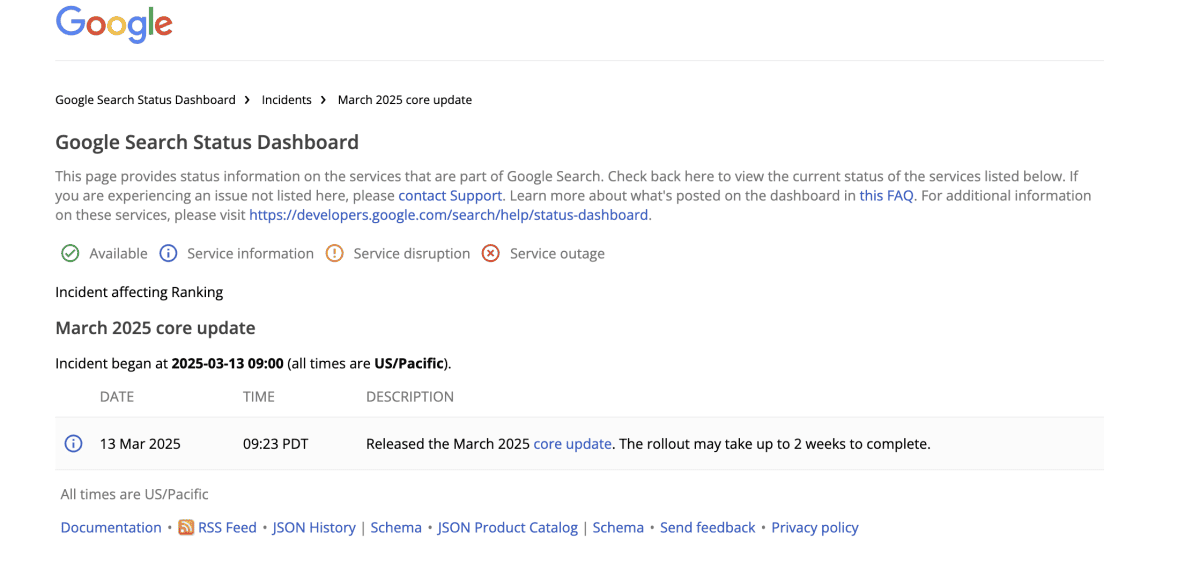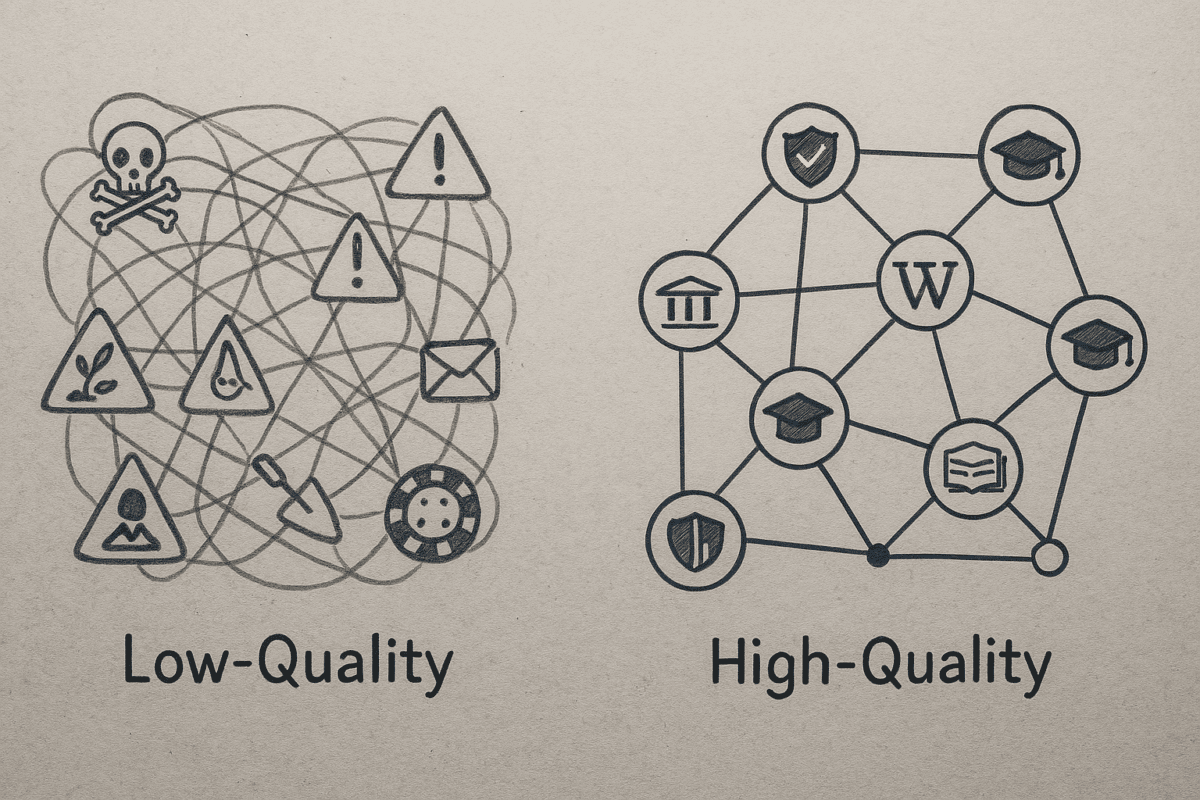What’s Cooking with Google’s Cookies?
Hey there, digital marketing pros and curious web users! Buckle up, because Google just dropped a bombshell that’s shaking up the online world. They’ve done a complete 180 on their plans to get rid of third-party cookies in Chrome. Yeah, you heard that right – those pesky little data trackers aren’t going anywhere soon. But before you freak out, there’s more to this story than meets the eye.
In this post, we’re diving deep into:
- What Google’s actually doing (and why it matters)
- How this affects your online privacy
- What it means for advertisers and website owners
- The good, the bad, and the “Wait, what?” of this decision
So, grab your favorite cookie (the edible kind) and let’s bite into this juicy update!
The Cookie Crumbles… Or Does It?
Google’s Big U-Turn
For years, Google’s been talking about phasing out third-party cookies in Chrome. They kept pushing back the deadline, and now they’ve decided to scrap the whole plan. But don’t worry, they’re not just leaving things as they are.
Here’s the deal:
- Third-party cookies are staying put in Chrome
- BUT users are getting new privacy controls
- Google’s still working on its Privacy Sandbox project
Why the Change of Heart?
Google didn’t just wake up one day and decide to flip the script. They got a ton of feedback from:
- Government regulators (like the UK’s Competition and Market Authority)
- Publishers and web developers
- Advertisers
- Privacy advocates
All these folks had concerns about how getting rid of cookies would affect the internet. Google listened and came up with this new plan.
What’s Actually Changing?
New Privacy Controls in Chrome
The biggest change is that Chrome users are getting more say in how their data is used. Google’s VP of Privacy Sandbox, Anthony Chavez, put it like this:
“We are proposing an updated approach that elevates user choice. Instead of deprecating third-party cookies, we would introduce a new experience in Chrome that lets people make an informed choice that applies across their web browsing, and they’d be able to adjust that choice at any time.”
What this means for you:
- You’ll be able to set your privacy preferences in Chrome
- These settings will apply across all the websites you visit
- You can change your mind and update your settings whenever you want
Privacy Sandbox: Still a Thing
Even though cookies are sticking around, Google’s not giving up on its Privacy Sandbox project. This initiative aims to create new ways for advertisers to reach people without invading their privacy.
Key points:
- Privacy Sandbox APIs will still be developed
- These tools offer alternatives to cookie-based tracking
- Advertisers and web developers can use them to protect user privacy
Extra Privacy in Incognito Mode
Google’s throwing in a bonus for the privacy-conscious crowd. They’re planning to add IP Protection to Chrome’s Incognito mode. This means even more anonymity when you’re browsing in stealth mode.
What This Means for Your Online Life
The Good News for Users
- More control: You get to decide how your data is used across the web
- Easier to understand: Google’s aiming to make these choices clear and simple
- Flexibility: You’re not locked into one decision forever
The “Meh” News for Privacy Advocates
- Third-party cookies are still around (for now)
- It’s unclear how effective these new controls will be
- There’s concern that many users won’t bother changing their settings
Advertisers and Publishers: Brace for Impact
What’s Changing for Marketers
If you’re in the digital advertising game, this news is huge. Here’s what you need to know:
- Cookie-based strategies aren’t dead: If you’ve been scrambling to prepare for a cookieless future, you can take a breather
- But don’t get complacent: User privacy controls mean you might still lose access to some data
- Privacy Sandbox is still important: Start exploring these new APIs as alternatives to cookie-based tracking
Publishers: Mixed Blessings
For website owners and content creators, this update is a bit of a double-edged sword:
Pros:
- Ad revenue based on third-party cookies won’t disappear overnight
- More time to adapt to new targeting methods
Cons:
- Uncertainty about how user privacy controls will affect ad performance
- Potential need to educate users about privacy choices on your site
The Big Picture: Why This Matters
The Battle for Online Privacy
Google’s decision is part of a bigger trend in the tech world. Everyone’s trying to figure out how to balance:
- User privacy
- Effective advertising
- A free and open internet
This update shows just how tricky it is to get that balance right.
What Other Browsers Are Doing
Google’s not the only player in this game. Let’s look at how other major browsers handle third-party cookies:
| Browser | Third-Party Cookie Policy |
|---|
| Chrome | Allowed, with new user controls coming |
| Firefox | Blocked by default |
| Safari | Blocked by default |
| Edge | Allowed, but can be blocked |
The Future of Online Advertising
This update gives the ad industry some breathing room, but change is still coming. Here are some trends to watch:
- First-party data: Collecting data directly from your users will become even more important
- Contextual advertising: Targeting based on content, not user behavior, might make a comeback
- Privacy-preserving technologies: Expect more innovation in ways to target ads without compromising privacy
What You Can Do Now
For Web Users
- Stay informed: Keep an eye out for Chrome’s new privacy controls
- Review your settings: Once the update rolls out, take some time to understand and adjust your preferences
- Be proactive: Don’t wait for Google – you can already use browser extensions or adjust your current settings for more privacy
For Marketers and Publishers
- Don’t panic: You’ve got time to adapt, but start planning now
- Diversify your strategies: Don’t rely solely on third-party cookies
- Experiment with Privacy Sandbox: Start testing these new APIs to see how they perform for your use cases
- Focus on first-party data: Build direct relationships with your audience
- Educate your users: Help them understand their privacy choices and why they matter
Wrapping It Up: The Cookie Doesn’t Crumble (Yet)
Google’s big switch-up on cookies is a game-changer, but it’s not the end of the story. Here’s what to remember:
- Third-party cookies are sticking around in Chrome
- Users are getting more control over their privacy
- Advertisers and publishers need to stay flexible and keep innovating
This update buys everyone some time, but the push for more online privacy isn’t going away. Whether you’re a casual web surfer or a digital marketing pro, staying informed and proactive is key.
So, what do you think about Google’s decision? Are you excited about more privacy controls, or worried about how this might affect your browsing or business? Drop a comment below and let’s chat!
Remember, the internet’s always changing, and this is just one more twist in the road. Stay curious, stay informed, and keep those cookies fresh (both the digital and the chocolate chip kind)!




